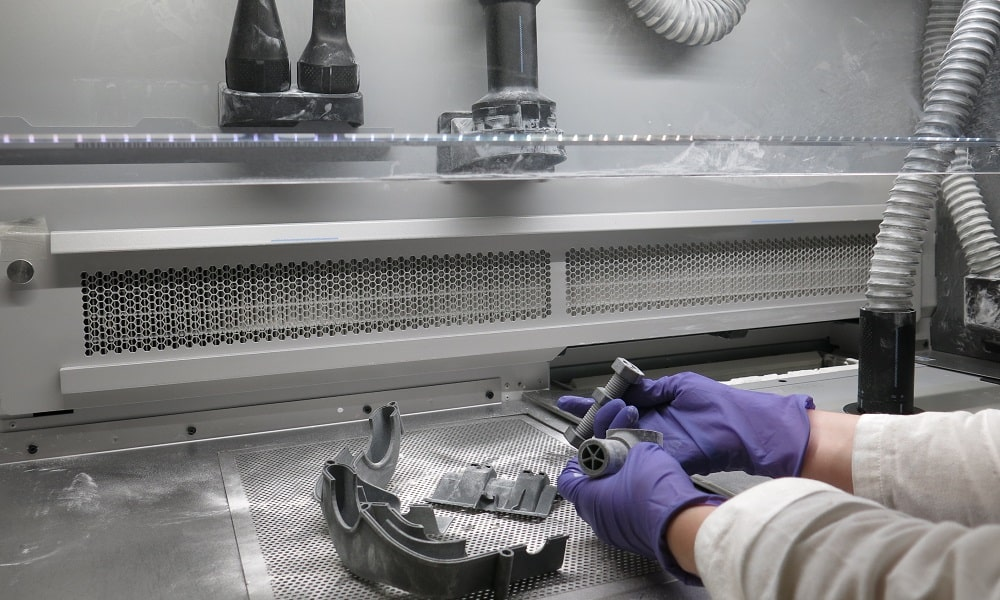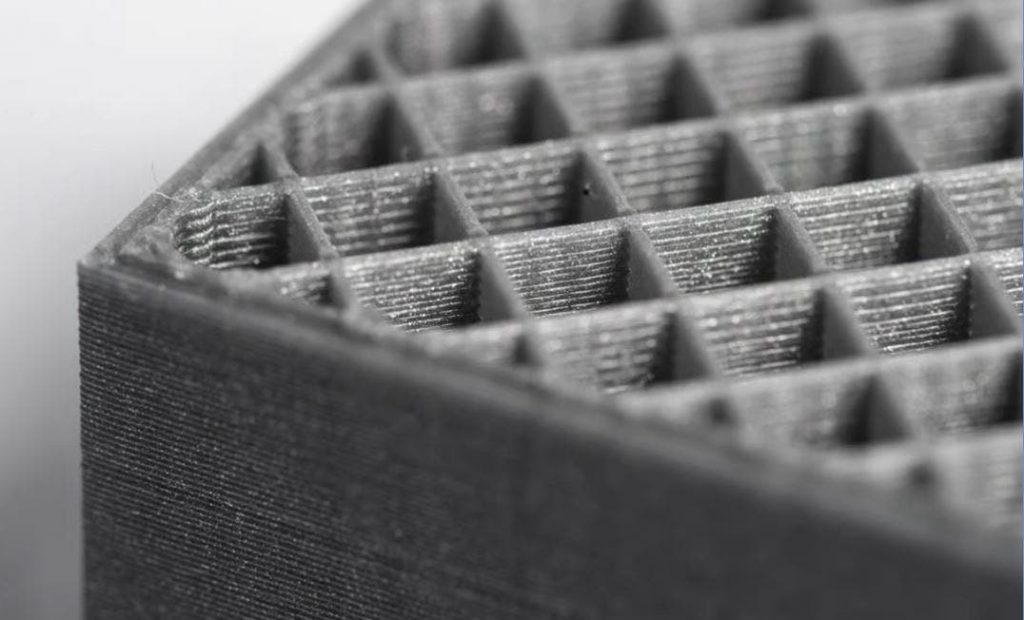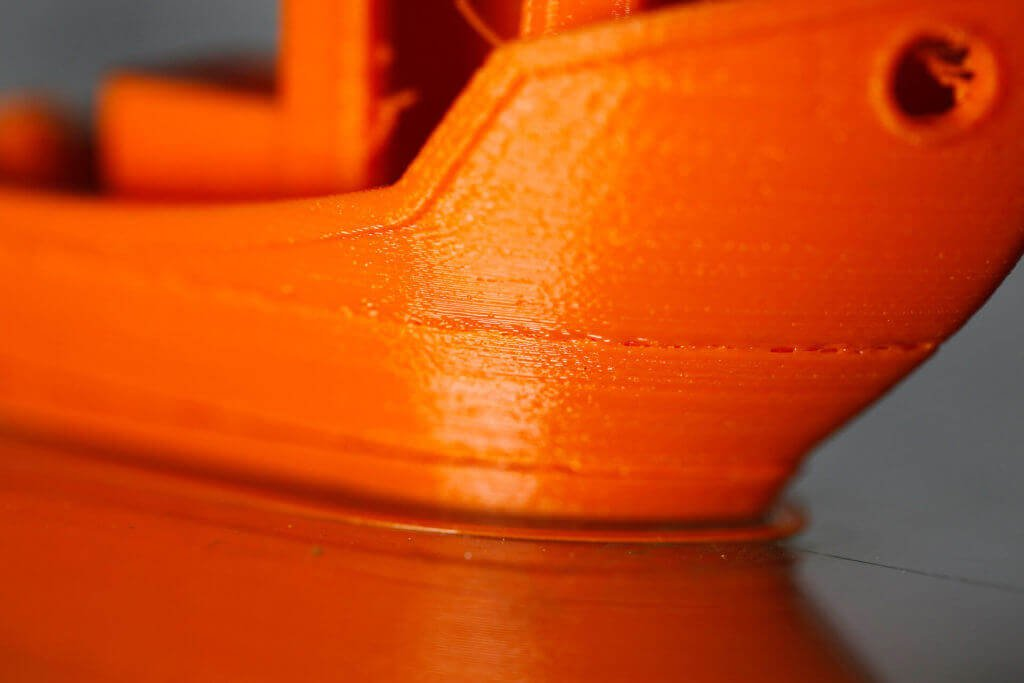3D printing, also known as additive manufacturing, has revolutionized the way products are designed and manufactured. This technology allows for the creation of complex shapes and structures that were previously impossible or too costly to produce using traditional manufacturing methods. In this article, we will explore the key advantages of using 3D printing for your projects, highlighting its impact on various industries and applications.
Understanding 3D Printing Technology
What is 3D Printing?
3D printing is a process that creates three-dimensional objects from a digital file. It involves layering materials, such as plastic, metal, or resin, to build the final product. This method contrasts with traditional subtractive manufacturing, where material is removed from a solid block to create an object. The versatility of 3D printing allows for a wide range of applications, from prototyping to final product manufacturing, making it a crucial technology in modern production environments.
How Does 3D Printing Work?
The 3D printing process typically involves the following steps:
Designing the Model: A 3D model is created using computer-aided design (CAD) software. This model serves as the blueprint for the printing process. Designers can use various software tools to create intricate designs that can be easily modified and optimized for performance and aesthetics.
Slicing the Model: The CAD file is sliced into thin horizontal layers using slicing software. This step prepares the model for printing by generating instructions for the printer. The slicing process is critical as it determines the resolution and quality of the final product, allowing for adjustments in layer height and print speed.
Printing the Object: The 3D printer follows the instructions from the slicing software to deposit material layer by layer until the object is complete. Different printing technologies, such as Fused Deposition Modeling (FDM) or Stereolithography (SLA), can be employed depending on the desired material properties and application.
Post-Processing: After printing, the object may require additional finishing processes, such as sanding or painting, to achieve the desired appearance and functionality. Post-processing can enhance the surface finish and mechanical properties of the printed object, making it suitable for end-use applications.

Key Advantages of 3D Printing
Design Freedom and Complexity
One of the most significant advantages of 3D printing is the design freedom it offers. Traditional manufacturing methods often impose limitations on the complexity of designs due to tooling constraints. In contrast, 3D printing allows for intricate geometries and complex structures that can be tailored to specific needs. This capability enables designers to innovate and create unique products that stand out in the market. For instance, in the aerospace industry, engineers can design lightweight components with complex internal structures that reduce weight without compromising strength.
Rapid Prototyping
3D printing significantly accelerates the prototyping process. Designers can quickly create prototypes to test form, fit, and function, allowing for faster iterations and improvements. This speed not only reduces the time to market but also lowers development costs, making it easier for companies to bring new products to consumers. Rapid prototyping enables teams to gather feedback early in the design process, facilitating a more agile development cycle that can adapt to changing requirements and market conditions.
Cost-Effectiveness
For small production runs and custom parts, 3D printing can be more cost-effective than traditional manufacturing methods. The elimination of expensive molds and tooling reduces upfront costs, making it feasible for businesses to produce low quantities of products without incurring significant expenses. Additionally, the ability to print on demand minimizes inventory costs and waste. This cost-effectiveness is particularly beneficial for startups and small businesses that may not have the resources to invest in large-scale manufacturing setups.
Material Efficiency
3D printing is an additive process, meaning that material is only used where it is needed. This efficiency leads to less waste compared to subtractive manufacturing, where excess material is often discarded. By optimizing material usage, 3D printing contributes to more sustainable manufacturing practices. Furthermore, advancements in material science have led to the development of new materials specifically designed for 3D printing, enhancing the range of applications and performance characteristics of printed parts.
Customization and Personalization
The ability to easily modify designs makes 3D printing ideal for customization. Businesses can create personalized products tailored to individual customer preferences, enhancing customer satisfaction and loyalty. This capability is particularly valuable in industries such as healthcare, where custom prosthetics and implants can be produced to fit the unique anatomy of each patient. Customization extends beyond healthcare; in the fashion industry, designers can create bespoke items that cater to specific consumer tastes, fostering a deeper connection between brands and their customers.

Shorter Supply Chains
3D printing can streamline supply chains by enabling local production. Instead of relying on distant manufacturing facilities, companies can produce parts on-site, reducing shipping times and costs. This localized approach not only enhances efficiency but also allows for quicker responses to market demands. In times of crisis, such as during the COVID-19 pandemic, 3D printing has proven invaluable in producing essential supplies rapidly, demonstrating its potential to adapt to urgent needs.
Sustainability Benefits
As environmental concerns grow, 3D printing offers a more sustainable alternative to traditional manufacturing. The reduction in material waste, lower energy consumption during production, and the potential for using recycled materials contribute to a smaller carbon footprint. Additionally, 3D printing can facilitate the creation of eco-friendly products, further promoting sustainability. Companies that adopt 3D printing can enhance their corporate social responsibility initiatives, appealing to environmentally conscious consumers and stakeholders.
Enhanced Collaboration
3D printing fosters collaboration among teams by allowing for easy sharing of digital files. Designers, engineers, and stakeholders can work together more effectively, making real-time adjustments and improvements to designs. This collaborative approach enhances creativity and innovation, leading to better end products. The ability to visualize and iterate on designs in a digital environment encourages cross-disciplinary teamwork, breaking down silos and fostering a culture of innovation within organizations.
Accessibility and Democratization of Manufacturing
The rise of affordable 3D printers has democratized manufacturing, making it accessible to individuals and small businesses. Hobbyists, educators, and entrepreneurs can now create prototypes and products without the need for large investments in equipment or facilities. This accessibility encourages innovation and entrepreneurship, driving economic growth. Educational institutions are increasingly incorporating 3D printing into their curricula, equipping the next generation with valuable skills and fostering a culture of creativity and problem-solving.
Improved Quality and Performance
3D printing can produce high-quality parts with excellent mechanical properties. The ability to use advanced materials, such as composites and metals, allows for the creation of durable and high-performance products. Additionally, the precision of 3D printing ensures that parts fit together seamlessly, reducing the likelihood of defects. Industries such as aerospace and automotive benefit from the ability to produce components that meet stringent quality standards, enhancing safety and reliability.
Versatility Across Industries
3D printing is applicable across a wide range of industries, including aerospace, automotive, healthcare, and consumer goods. Each sector benefits from the unique advantages of 3D printing, whether it's creating lightweight components for aircraft, custom dental implants, or intricate designs for fashion accessories. This versatility makes 3D printing a valuable tool for innovation in various fields. As technology continues to advance, new applications are emerging, further expanding the potential of 3D printing in diverse industries.

Conclusion
The advantages of 3D printing are vast and transformative, impacting how products are designed, manufactured, and delivered. From design freedom and rapid prototyping to cost-effectiveness and sustainability, 3D printing offers solutions that address the challenges of traditional manufacturing. As technology continues to evolve, the potential applications of 3D printing will only expand, paving the way for a more innovative and efficient future in manufacturing. Embracing this technology can provide businesses with a competitive edge, enabling them to meet the demands of a rapidly changing market. The future of manufacturing is here, and 3D printing is at the forefront of this exciting evolution.
Frequently Asked Questions regarding 3D Printing
1. What industries benefit the most from 3D printing?
Industries such as aerospace, automotive, healthcare, consumer goods, and education benefit significantly from 3D printing. These sectors utilize the technology for rapid prototyping, custom parts production, and innovative design solutions.
2. How does 3D printing reduce production costs?
3D printing reduces production costs by eliminating the need for expensive molds and tooling, allowing for on-demand production. This is particularly advantageous for small production runs, where traditional manufacturing would be cost-prohibitive.
3. Can 3D printing be used for mass production?
While 3D printing is primarily known for prototyping and small batch production, advancements in technology are making it increasingly viable for mass production, especially for customized products. Techniques like multi-jet fusion and continuous filament fabrication are enhancing speed and efficiency.
4. What materials can be used in 3D printing?
A wide variety of materials can be used in 3D printing, including plastics (like PLA and ABS), metals (such as titanium and aluminum), ceramics, and even bio-materials for medical applications. The choice of material depends on the desired properties of the final product.
5. How does 3D printing contribute to sustainability?
3D printing contributes to sustainability by minimizing material waste through its additive manufacturing process, allowing for the use of recycled materials, and reducing energy consumption compared to traditional manufacturing methods. This makes it a more environmentally friendly option for producing goods.






